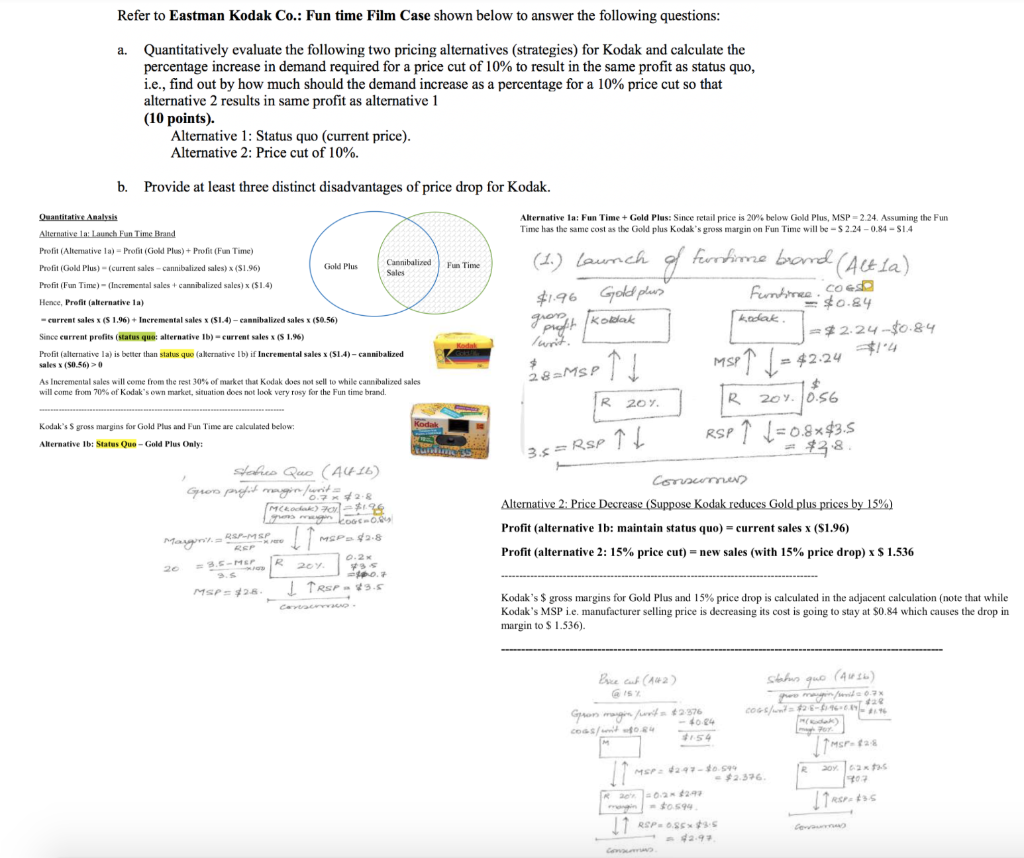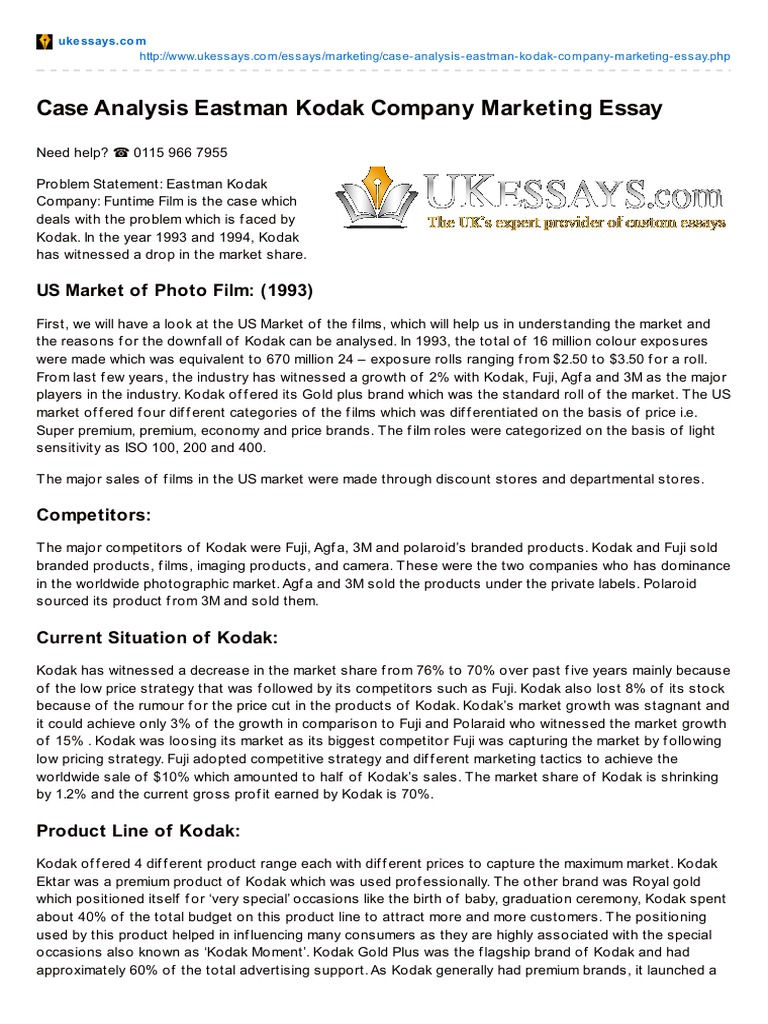Kodak was once a household name and a leader in the film and photography industry. However, the company faced significant challenges in the digital age as it struggled to adapt to changing market conditions and new technological developments. In this case study analysis, we will examine the factors that contributed to Kodak's decline and explore the strategies the company has implemented in an attempt to stay relevant in a rapidly evolving market.
One of the main reasons for Kodak's decline was its failure to adapt to the shift from film to digital photography. Kodak was slow to recognize the potential of digital photography and was slow to invest in digital technology. As a result, the company was unable to compete with digital photography companies that were able to offer higher quality products at a lower price.
Another factor that contributed to Kodak's decline was the increasing competition in the photography industry. With the advent of smartphones and the proliferation of digital cameras, the market for traditional film photography was rapidly shrinking. This meant that Kodak was no longer the dominant player in the industry and was forced to compete with a growing number of competitors.
In an attempt to stay relevant in a changing market, Kodak has implemented a number of strategies over the years. One of these strategies has been to diversify its product line and expand into new markets. For example, the company has invested in printing technologies and has entered the healthcare and packaging markets. Kodak has also made efforts to improve its digital offerings, including the development of new camera models and software.
Despite these efforts, Kodak has struggled to regain its footing in the photography industry. The company has faced financial difficulties and has undergone significant restructuring, including layoffs and asset sales. Kodak has also filed for bankruptcy protection in order to restructure its debts and streamline its operations.
In conclusion, Kodak's decline can be attributed to a number of factors, including its failure to adapt to the shift to digital photography, increased competition in the industry, and the company's inability to effectively respond to changing market conditions. While Kodak has implemented a number of strategies in an attempt to stay relevant, the company has faced significant challenges and has struggled to regain its position as a leader in the photography industry.







